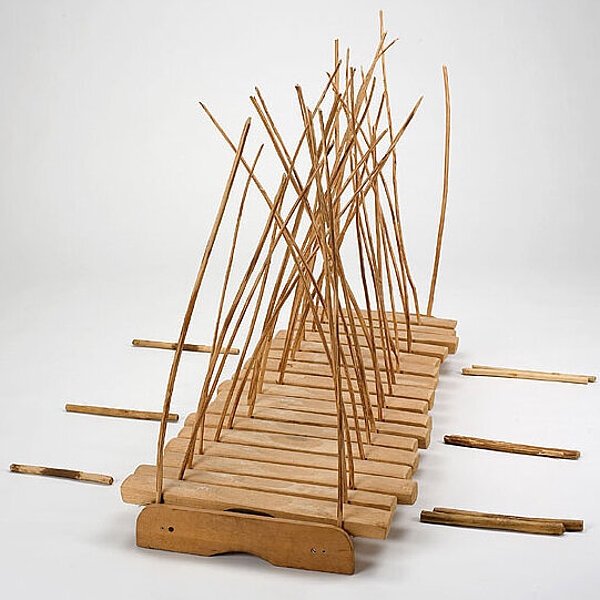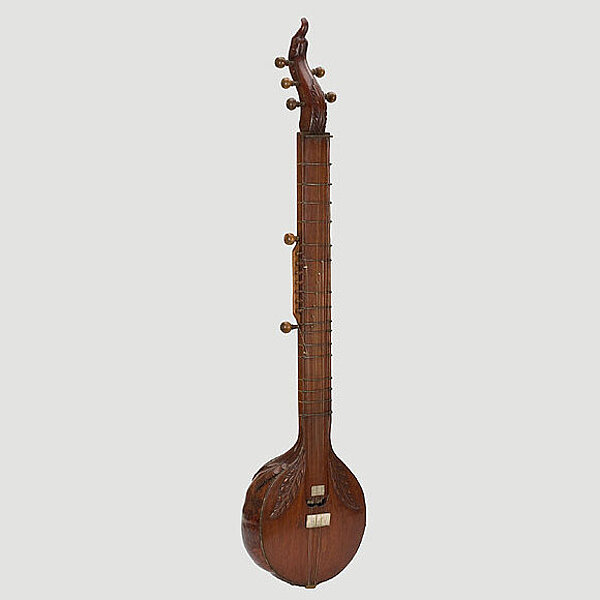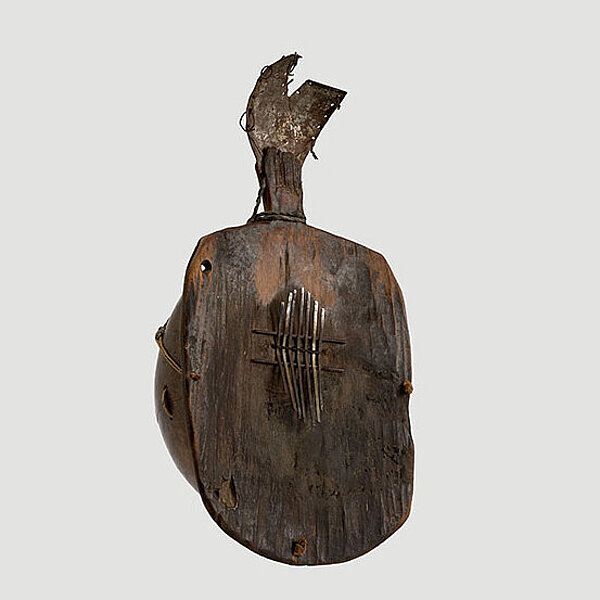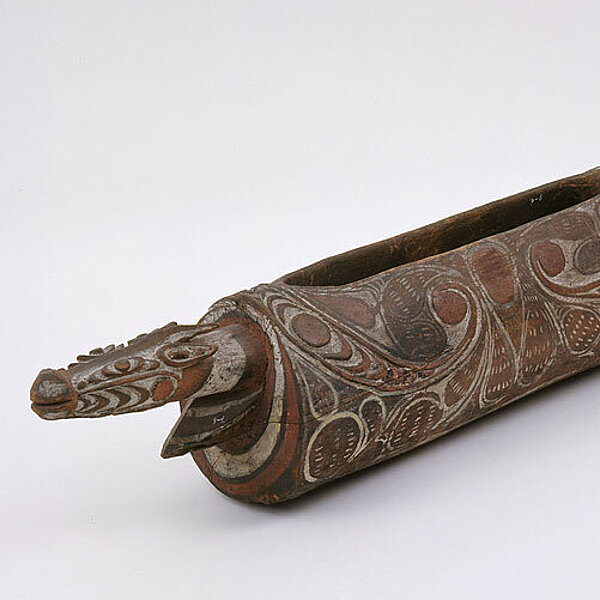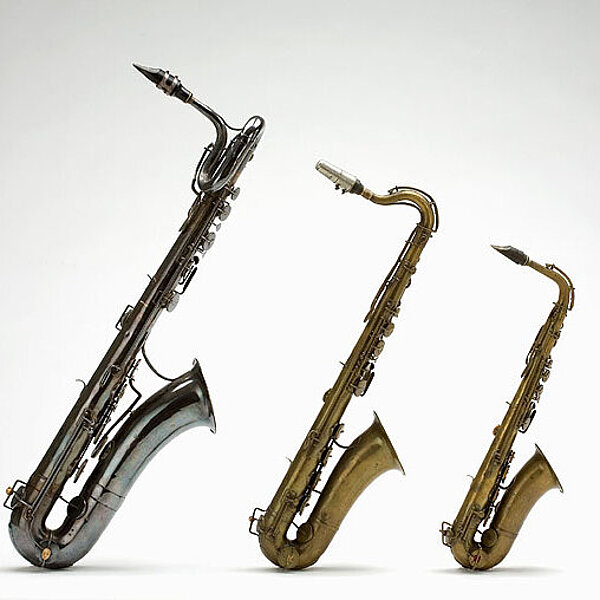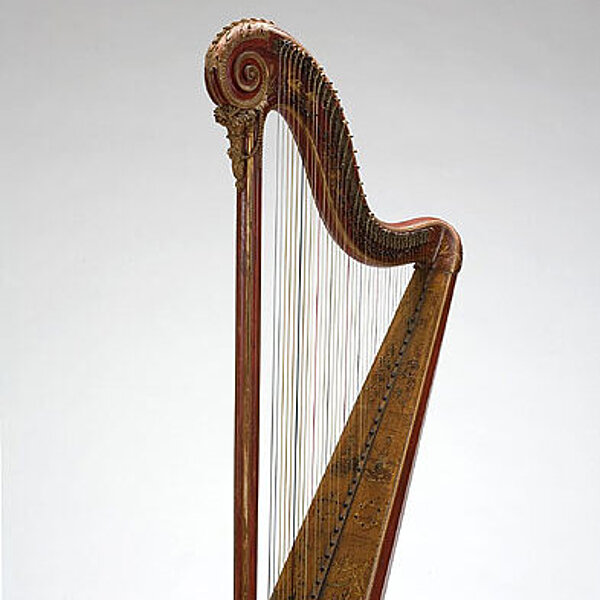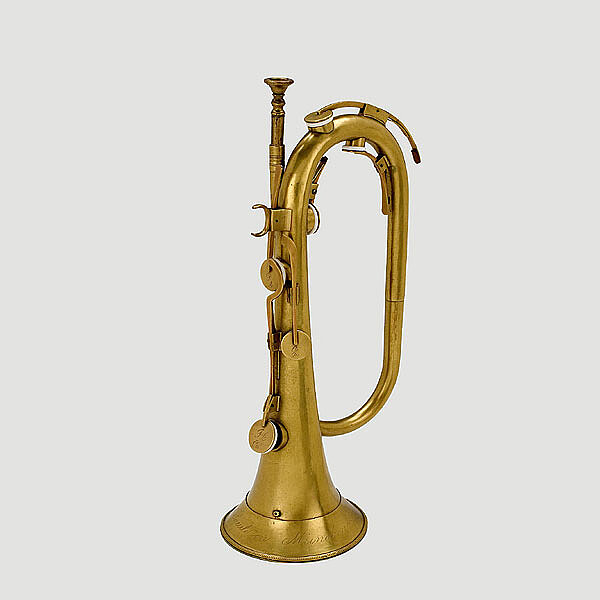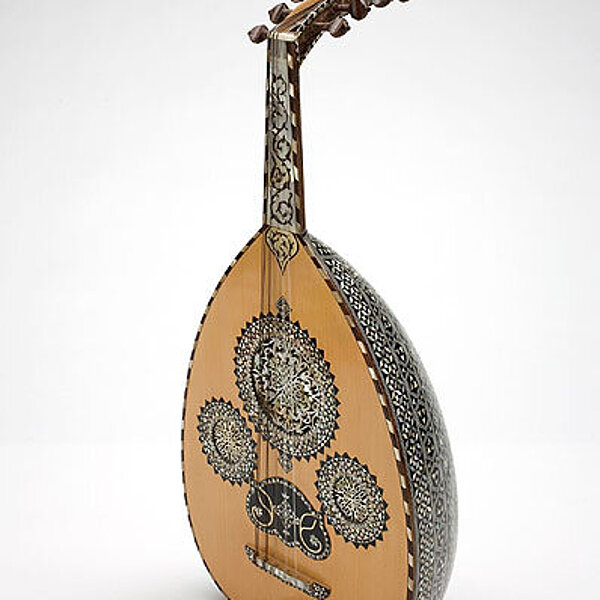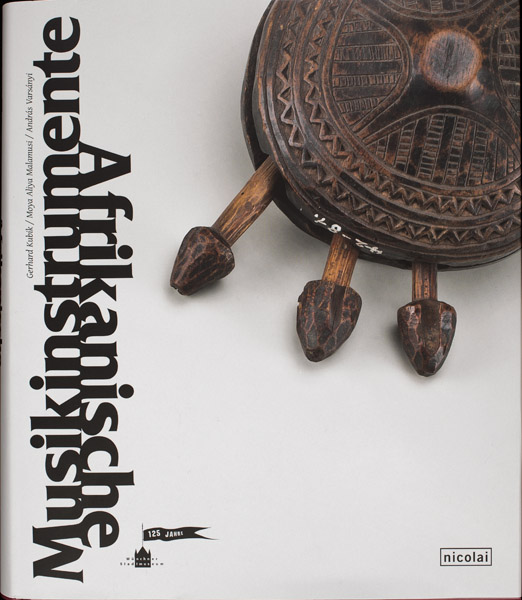The "Municipal Musical Instrument Collection" (now "Music Collection") dates back to 1940. It evolved from the private collection of Georg Neuner from Munich (1904-1962), whose notion of a "sound museum" still sums up the exhibit today. For almost fifty years it has now been housed on the fourth floor of the Münchner Stadtmuseum. More than half of the current collection, which comprises nearly 6000 instruments and sound sources, hails from outside Europe. The public exhibition represents just a fifth of the museum’s total holding. Thanks to its great diversity, the Münchner Stadtmuseum's Music Collection is one of the leading assemblages of its kind anywhere in the world.
SOUNDLAB.1
The opening of the completely redesigned foyer in 2012 represented a milestone in the Museum's history. The Soundlab (“Sound Laboratory”) sets out to encourage people of all ages to experiment with sound and acoustics. To this end the Museum has created special "test stations", some of which it has developed itself. Visitors are invited to touch the exhibits at these stations and try out the instruments, which should of course be handled with great care. Orange panels point the way through the Music Collection. They describe the individual Soundlab exhibits, supply instructions on what to do and encourage a hands-on experience. Every Soundlab station provides useful and interesting information on the origins of the instruments, and instructions on how to play them. Many also feature audio samples and film footage. No musical skills or knowledge are required! The exhibits demonstrate basic ways of producing sounds and their acoustic effects across a broad array of cultures and traditions. Visitors experience these acoustic phenomena firsthand, bringing the exhibits to life and rendering them “audible”.
The Foyer
On entering the foyer, visitors are immediately reminded of where they are – in Munich and Bavaria! They are greeted by a traditional brass band, albeit one that "marches" to the combined tune of modern instruments and their musical ancestors. Many of these instruments originate from the city's own instrument makers. The percussion instruments from Turkish Janissary music were also incorporated into Bavarian military bands during the 19th century. A Stub'nmusi ensemble (Bavarian for chamber music), just a few steps on, could scarcely be further removed from the loud, open-air music of a brass band. The "Window onto Orff" leads visitors to a large display cabinet with many original items belonging to the Munich composer Carl Orff. Orff’s works made extensive use of instruments from around the globe, making him the ideal introduction to our collection of world instruments. At a media station, visitors can make neighboring exhibits burst into sound and learn more about the Museum's Music Collection. The “Munich Wall” offers biographical information and sound samples of distinct performers from across Munich’s music scene. Next up is a "cabinet of musical instruments” featuring a seemingly random but wonderful arrangement of some familiar and many largely unknown instruments. Visitors can locate and select them from a special cockpit using a laser pointer and listen to many of the sounds they produce.
Exhibition
The next section is “Africa”, where a selection of the Collection's 800 African instruments can be viewed. The exhibition features instruments from a kaleidoscope of cultures around the world, e.g. ancient clay flutes from Central America and bullroarers from New Guinea. A gargantuan "cannon drum" from northern Thailand marks the beginning of the exhibition's south-east Asian section, the highlight of which is provided by the complete and intricately carved gamelan ensembles from Java and Bali. Visitors on guided tours are given the opportunity to play the glistening bronze gongs and metallophones under supervision. Heading past the many other instruments from Indonesia, the Philippines, Myanmar and Thailand via Tibet to India, and the East Asian countries, visitors reach the Middle Eastern and finally European sections. In addition to hurdy-gurdies and bagpipes, the exhibits here range from special violin constructions through to a skeleton string quartet. The numerous display cabinets provide more information about the diversity of orchestra instruments and their evolution at the hands of renowned local and international instrument makers.
The Music Collection also hosts evening concerts and Sunday matinees featuring well-known artists, amateur performers and promising young musicians.
Guided group tours for schools and kindergartens, juveniles and adults can be booked by calling phone: +49-(0)89-233-27979 or by e-mail: fuehrung.stadtmuseum(at)muenchen.de
Plan Your Visit
Opening hours
Although the Münchner Stadtmuseum's exhibitions closed on January 8, 2024, for a complete renovation, the cinema and the Stadtcafé will remain open to visitors until June 2027.
Information to Von Parish Costume Library in Nymphenburg
Filmmuseum München – Screenings
Tuesday / Wednesday 6.30 pm and 9 pm
Thursday 7 pm
Friday / Saturday 6 pm and 9 pm
Sunday 6 pm
Contact
St.-Jakobs-Platz 1
80331 München
Phone +49-(0)89-233-22370
Fax +49-(0)89-233-25033
E-Mail stadtmuseum(at)muenchen.de
E-Mail filmmuseum(at)muenchen.de
Ticket reservation Phone +49-(0)89-233-24150

